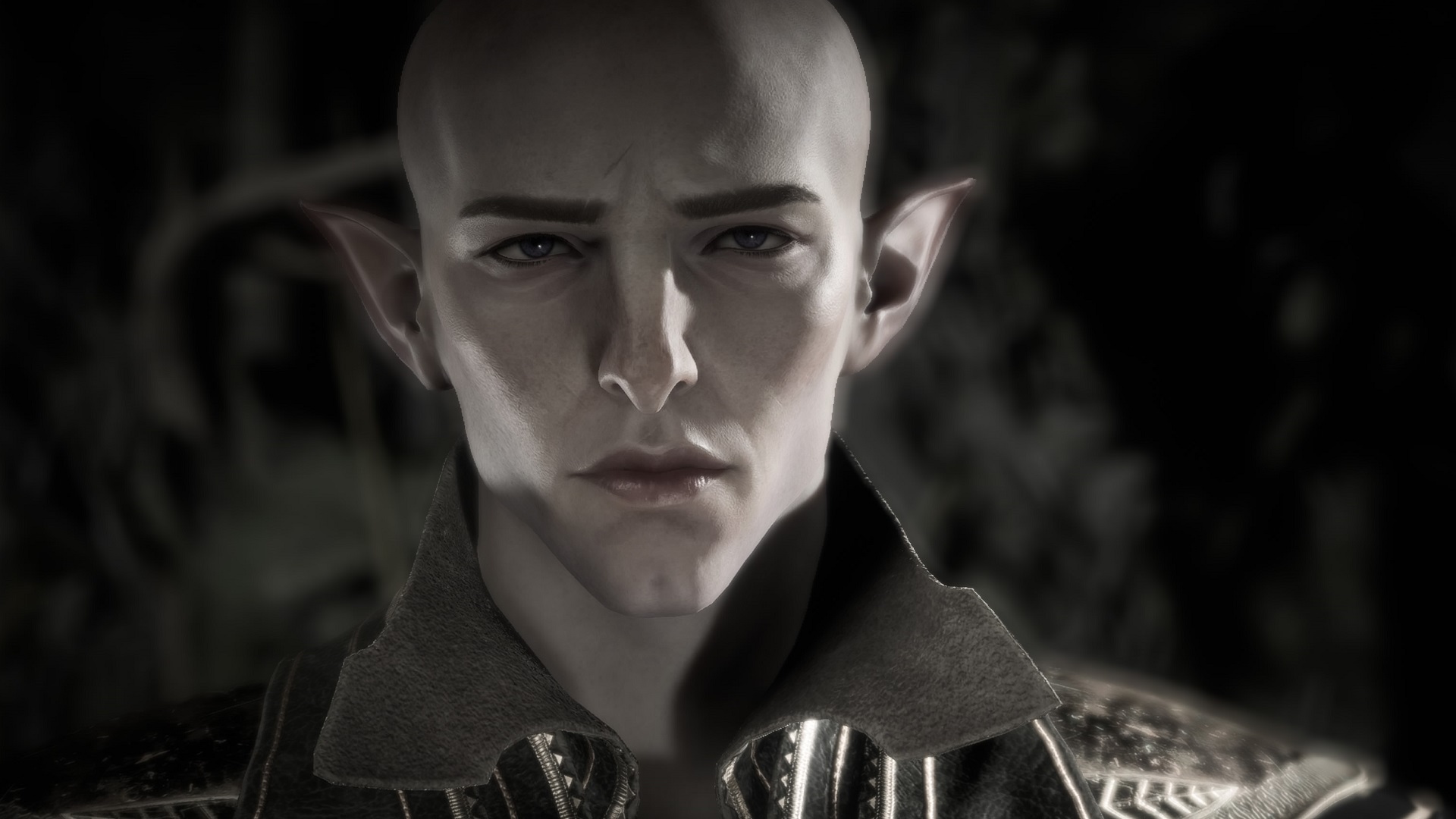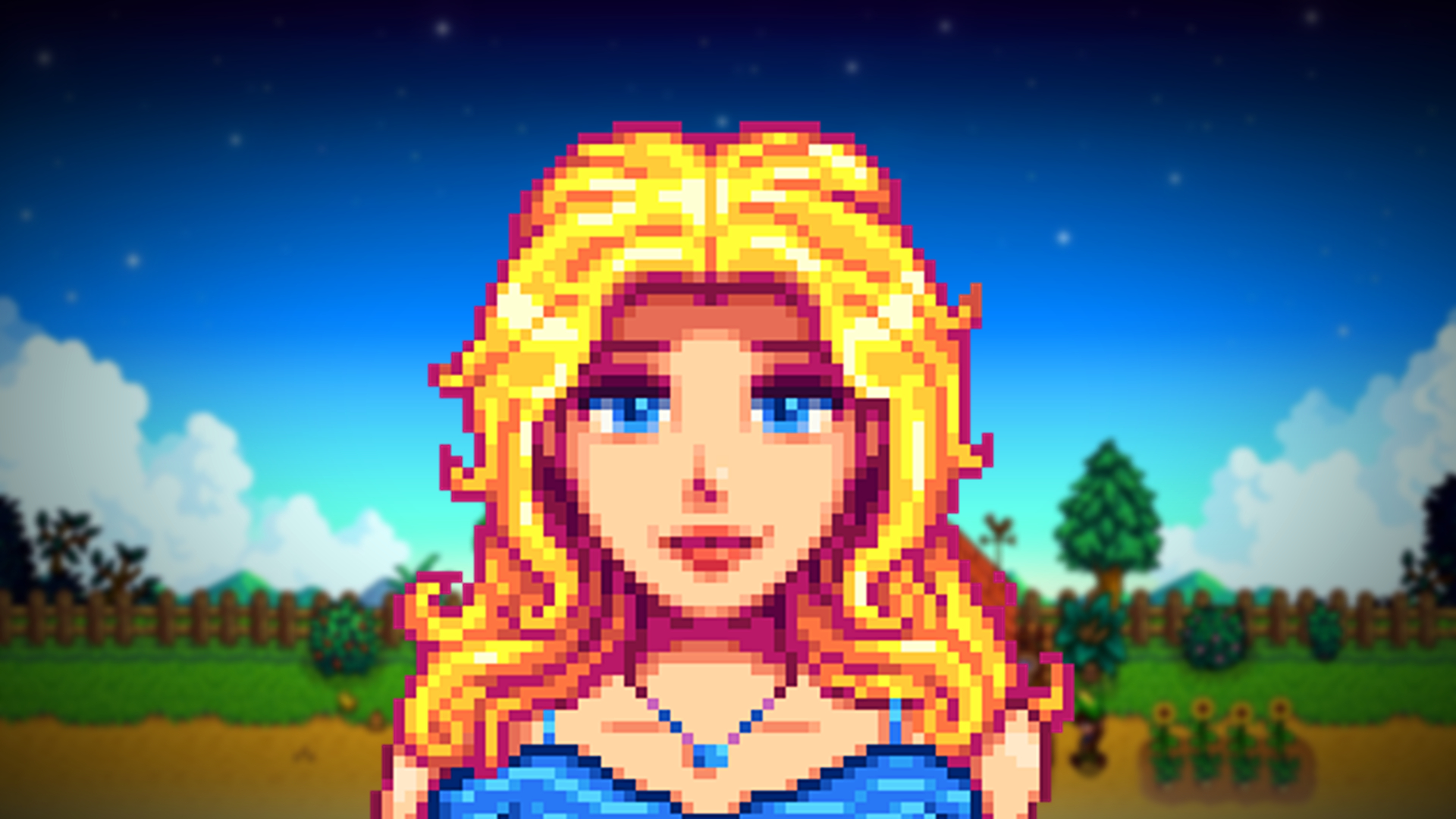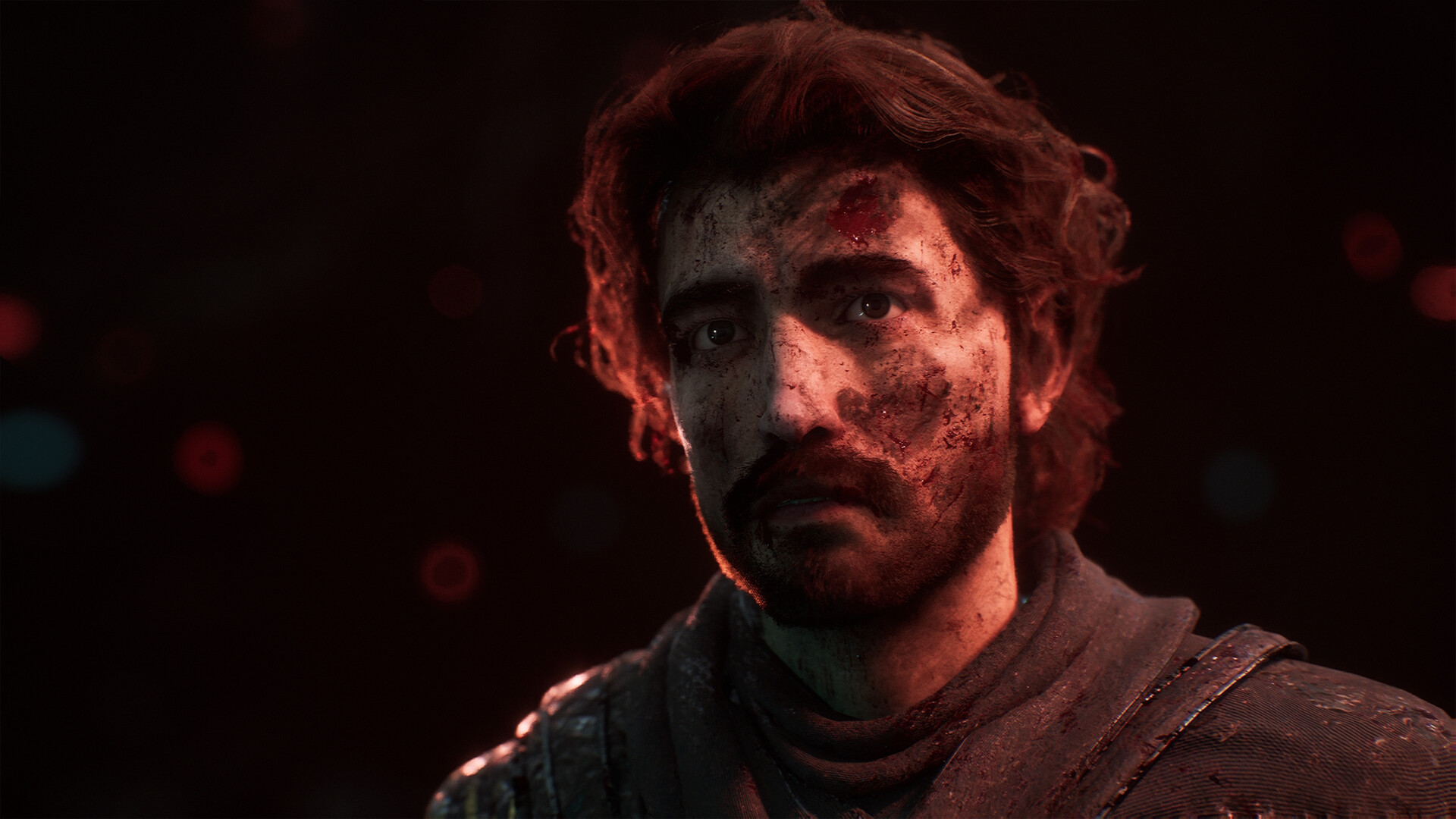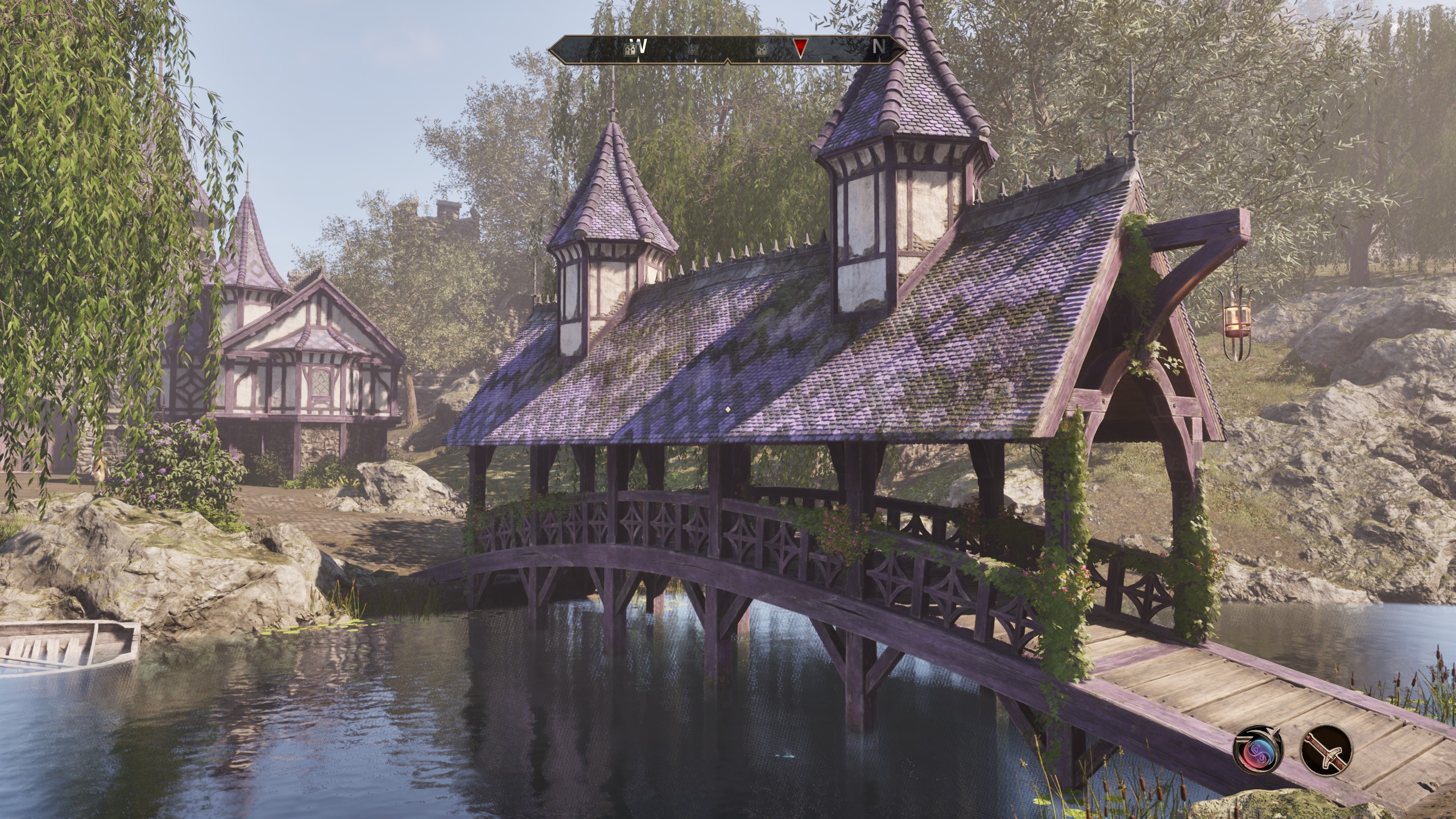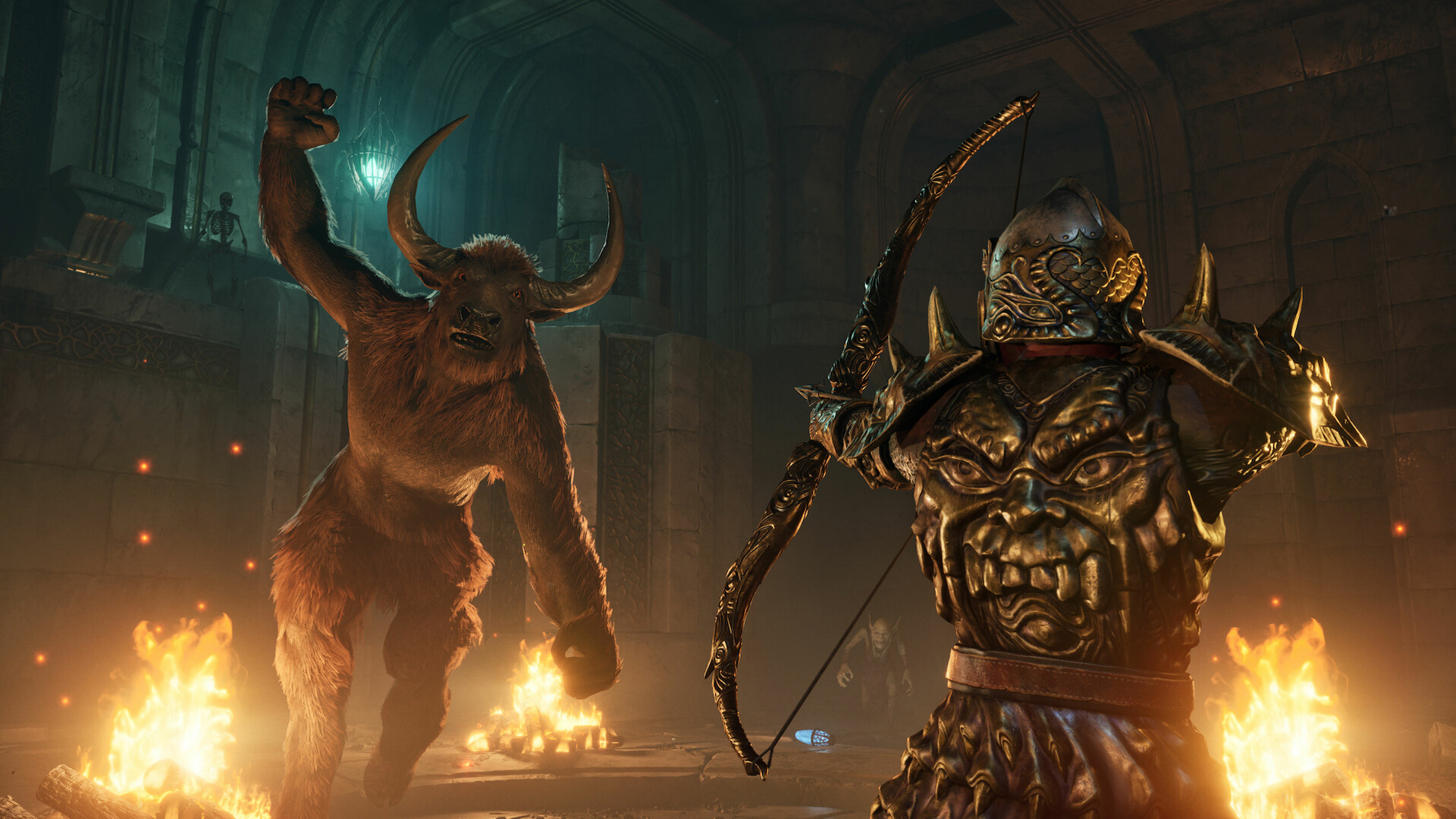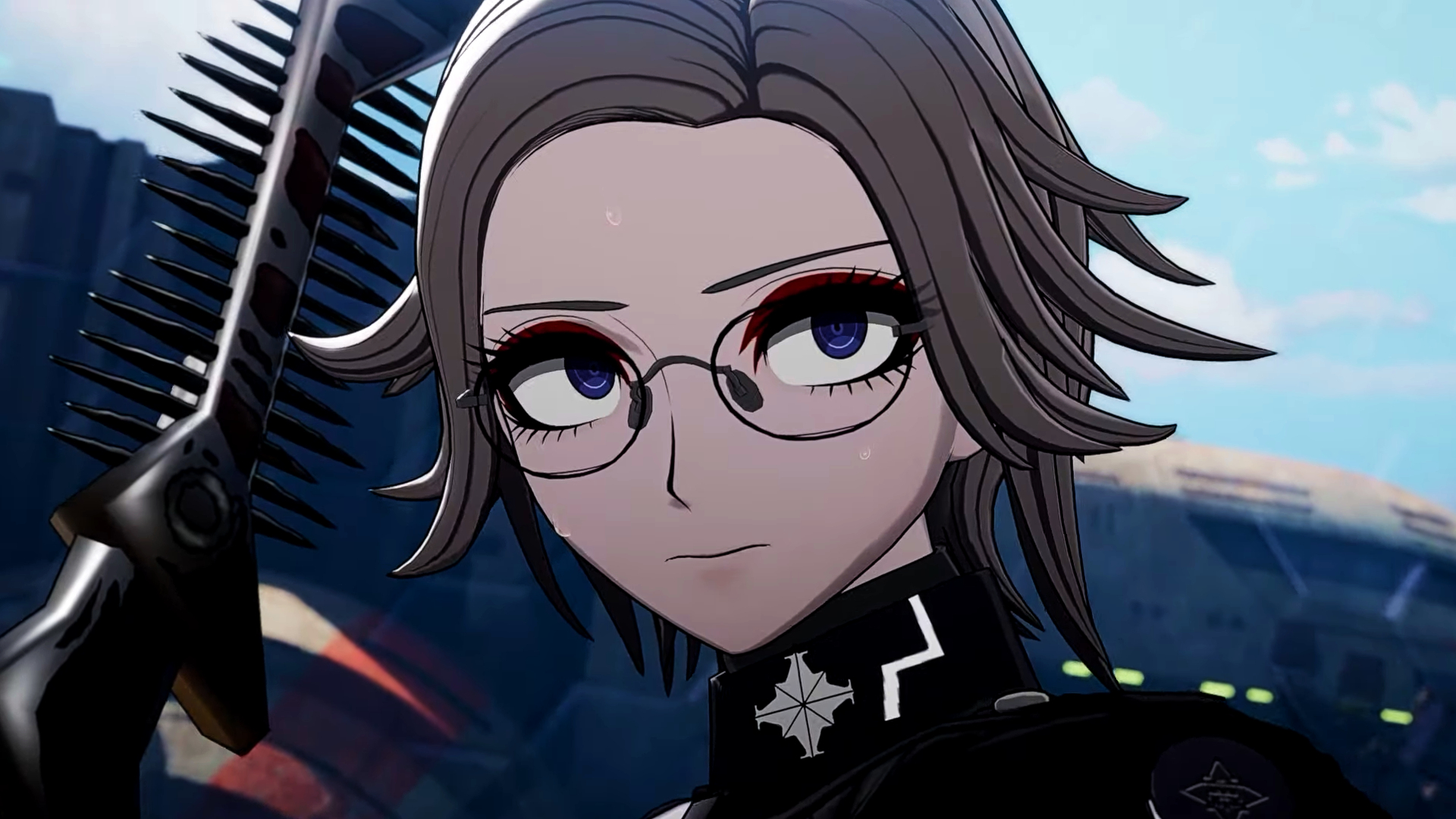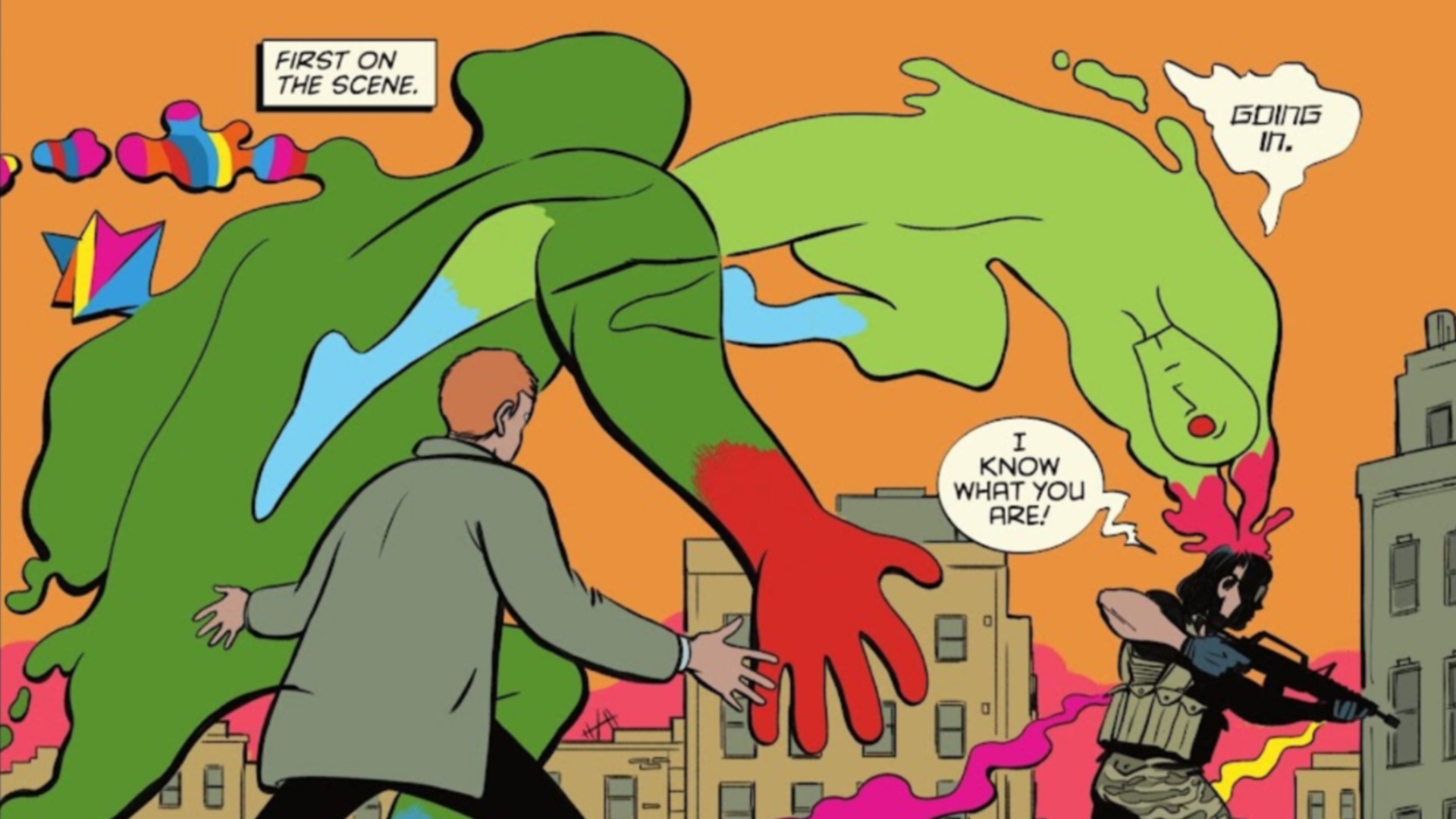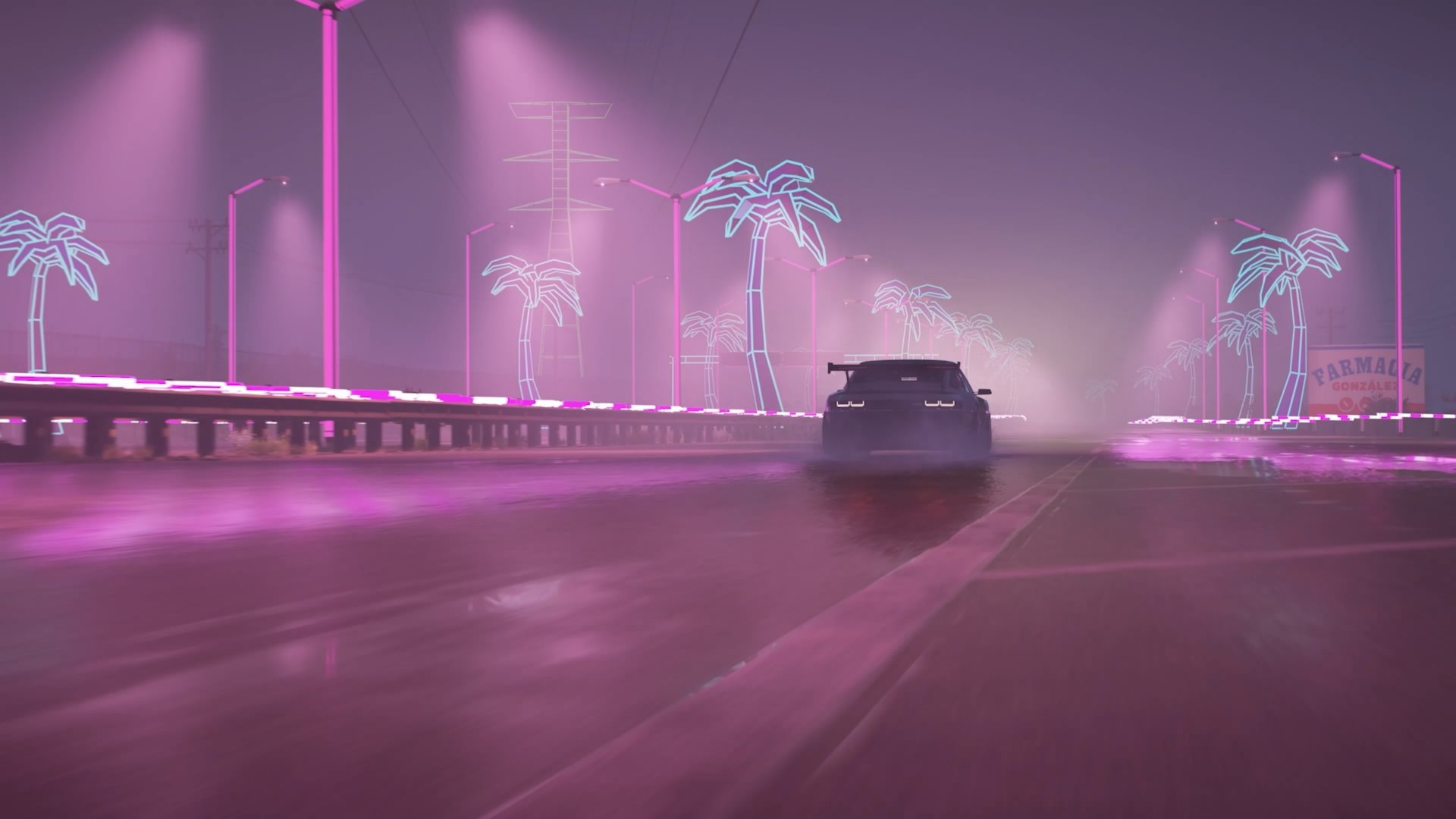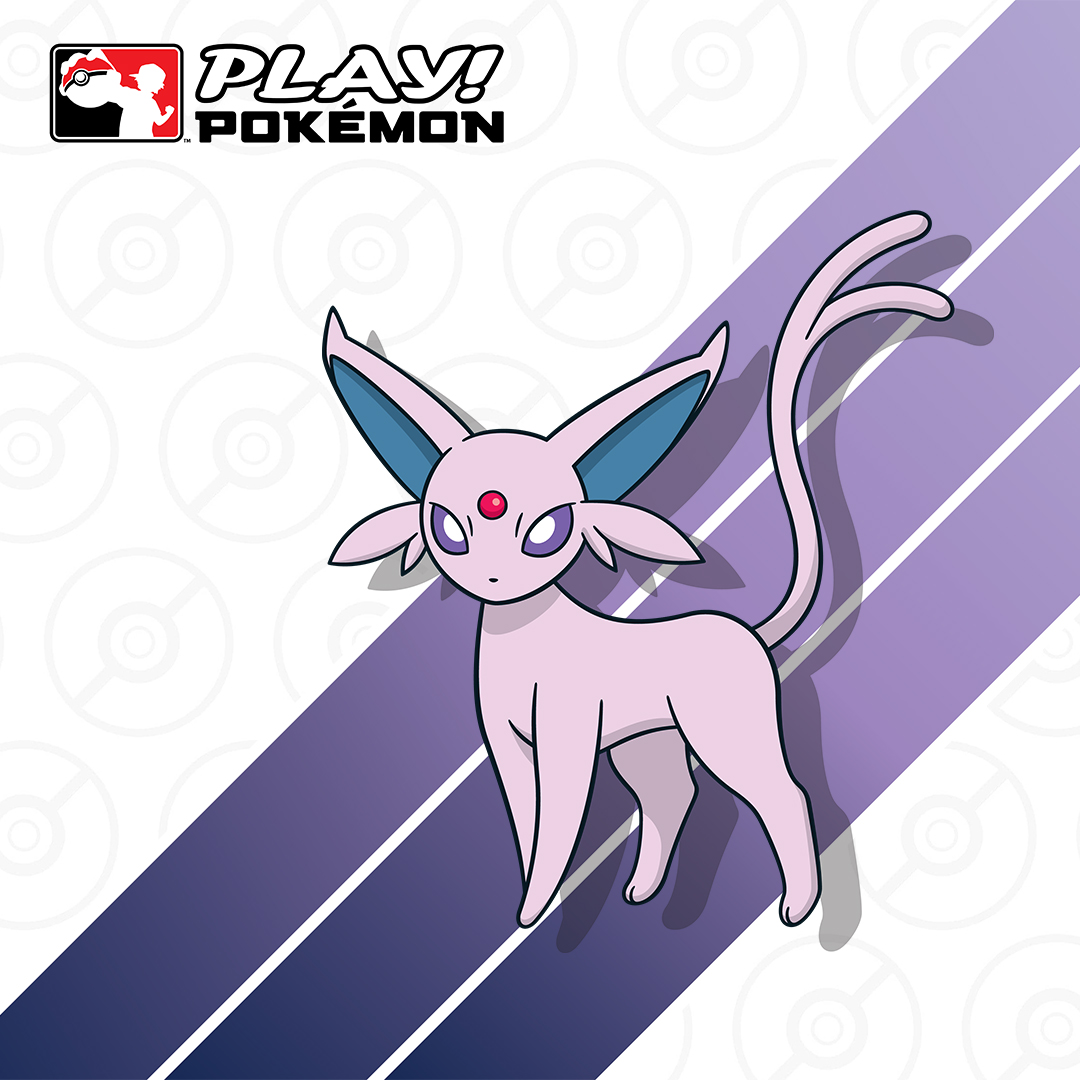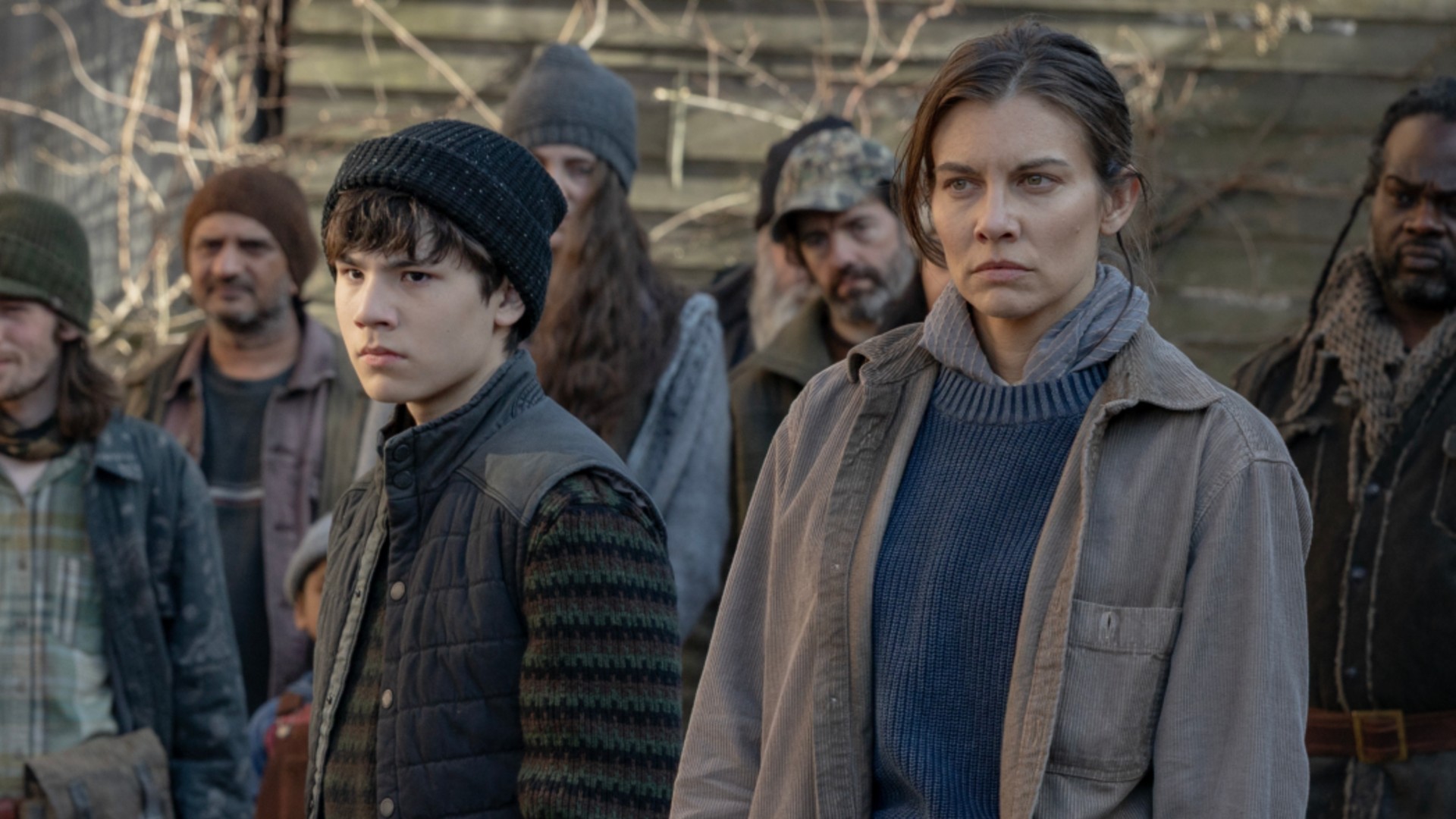When you purchase through links on our site, we may earn an affiliate commission.Heres how it works.
My stomach flips as I check the time it’s close to dinner on Friday, January 31.
Final Fantasy 7’s 28th anniversary.
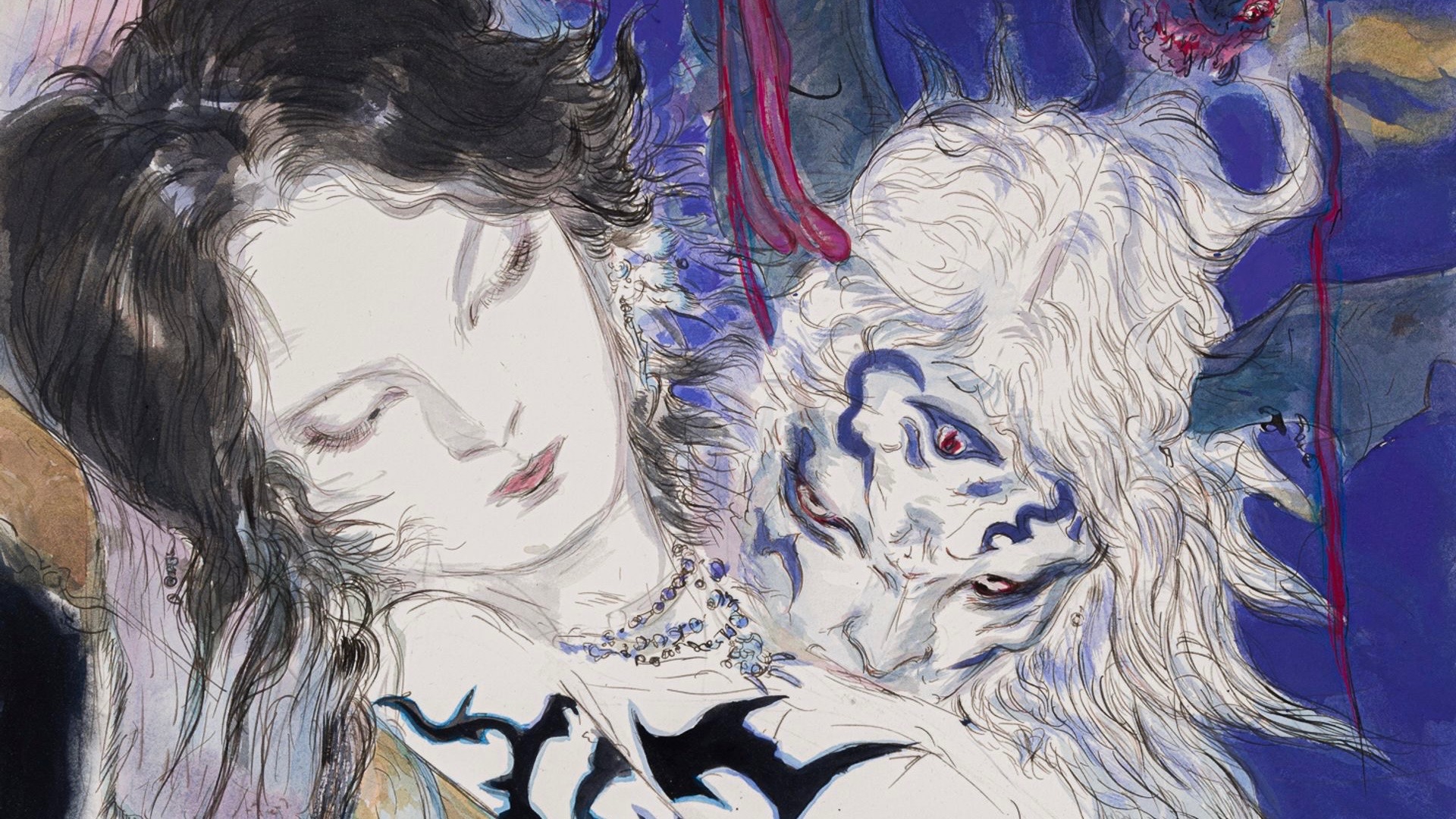
“Lust 1,” 2013.
The date warrants its ownpublic celebration in Japan.
Neither are they worried about meeting legendary concept artist Yoshitaka Amano tonight.
Its really complicated and hard work.

“Lust 1,” 2013.
As a woman who sometimes feels unknowable to myself, I agree.
But then I get an email from the gallery owner.
He says we’ll meet tomorrow at 5.
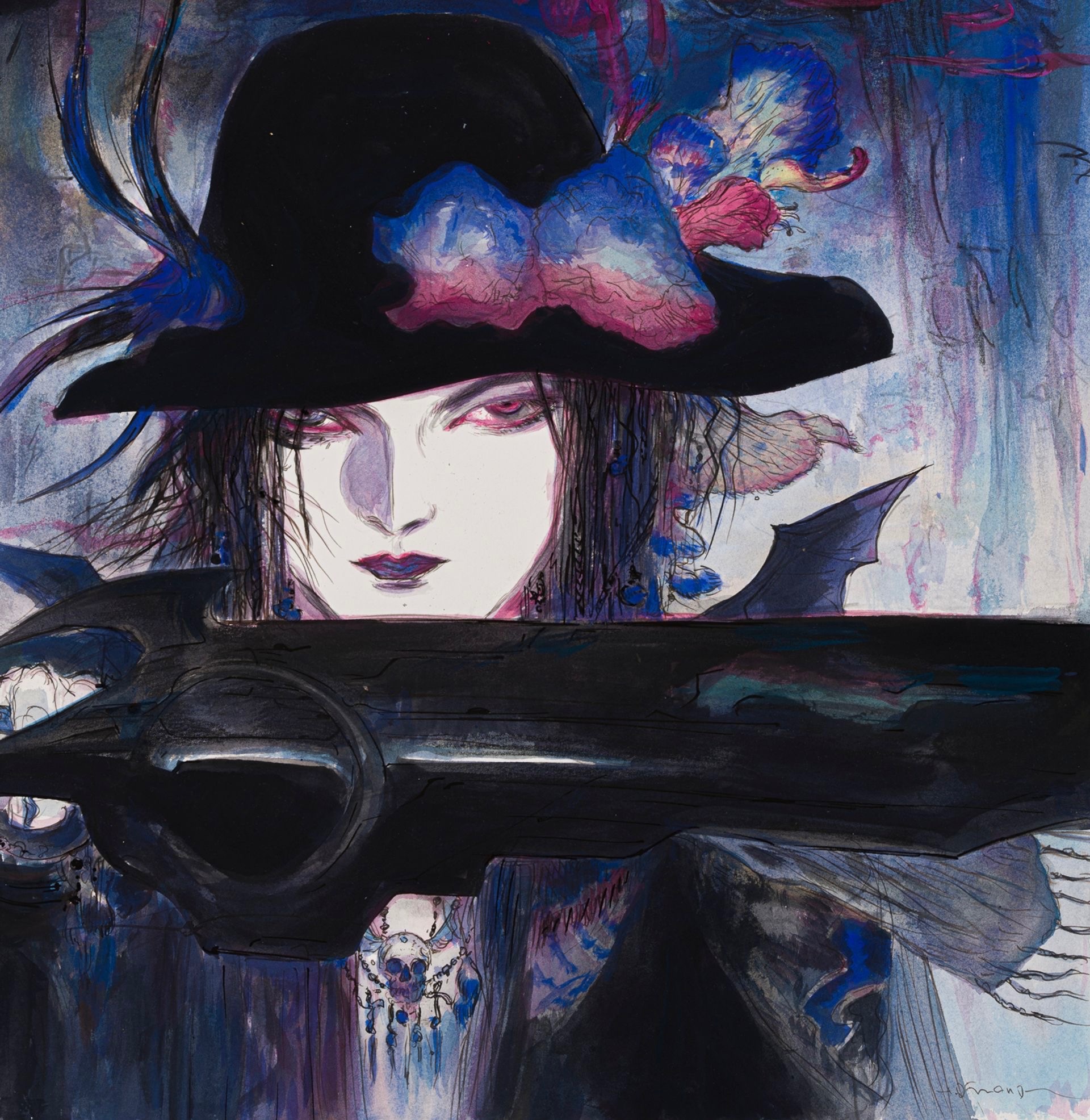
“Figure 6,” 2013.
OK, I guess I can hold off on knowing myself until then.
Do you feel like creating art for Final Fantasy permanently influenced your art style?
Is there anything you think people misunderstand about your art?
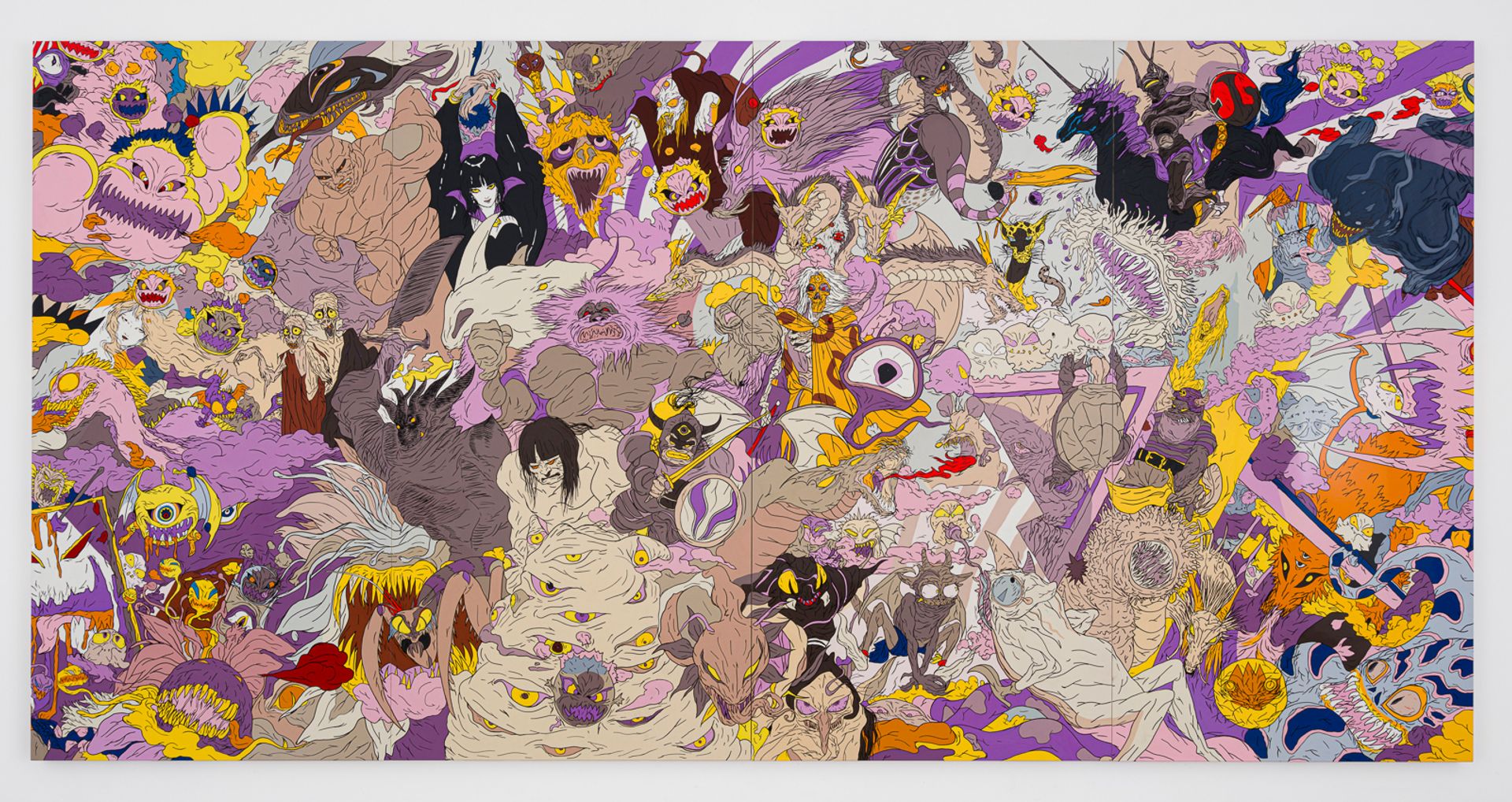
“Universe,” 2002 – a massive representation of Final Fantasy 2 concept art, made of automotive paint on aluminum.
He wants to know if I can meet Amano tomorrow.
Um, I’m already here, so he tries to coordinate with an interpreter.
I agree to move our interview to tomorrow morning and start exploring Amano’s Apocalypse.

It’s neither their magical sense offreedom, nor their mythological stories with sometimesdivisive endings, but the visuals.
Divorced from everything else, the Final Fantasy games' visuals make me feel surrounded by supernatural possibilities.
The rest of Apocalypse murmurs with the same ghostly power, soothing me with its sensual fearsomeness.
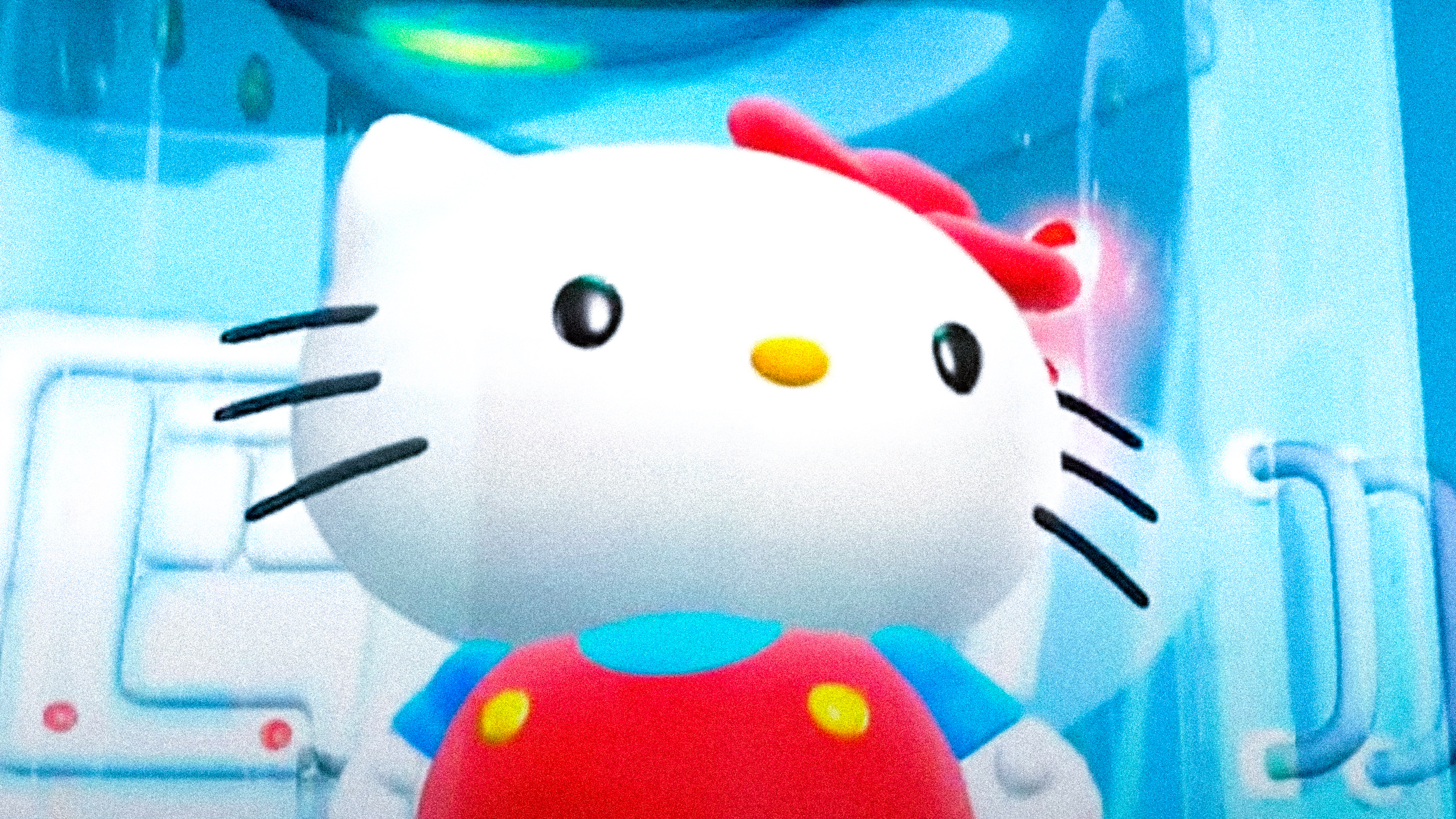
“These works are paintings of salvation.”
I can’t help but wonder if he noticed something off-putting about me in our last interview.
Was my makeup weird?

Did I smell too much like my vanilla shampoo?
Some people might be perturbed by the feeling that they’re speaking to a cupcake.
It can be incidental.
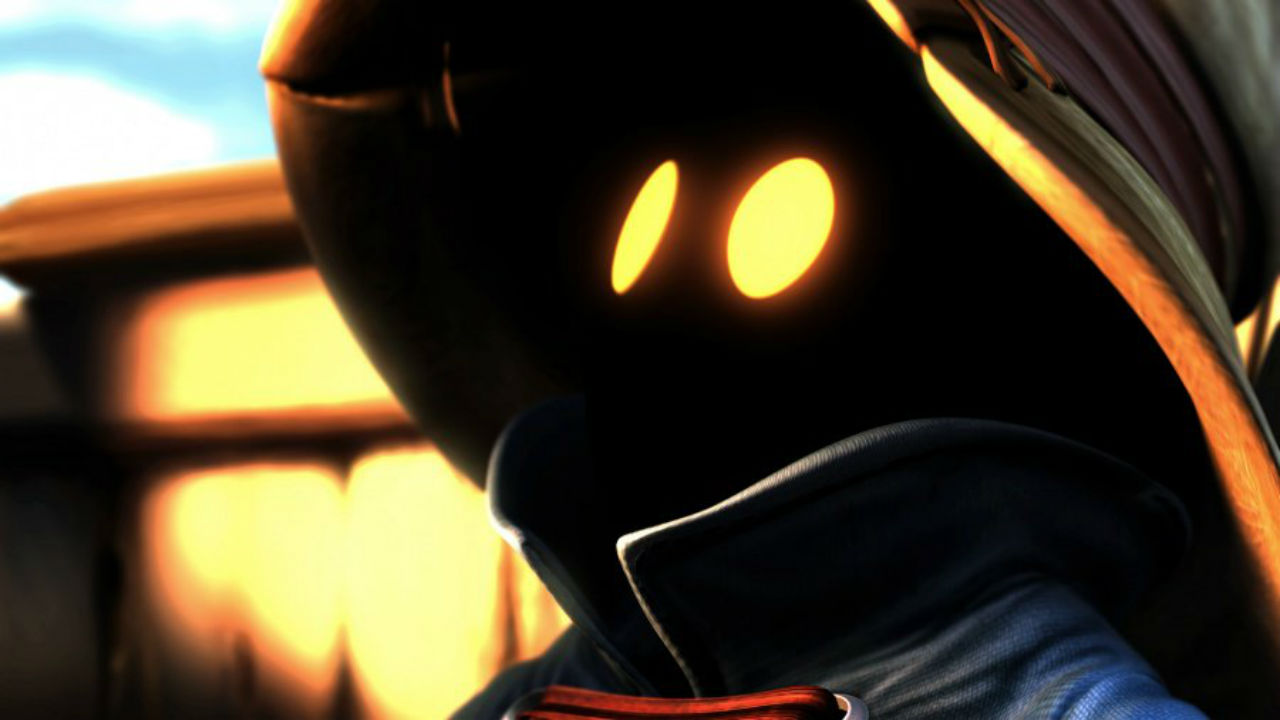
Welcoming the randomness of what’s good, evil, or embarrassing is the best path to otherworldly confidence.
“Are we really heading towards the end?”
Amano says in the press release.
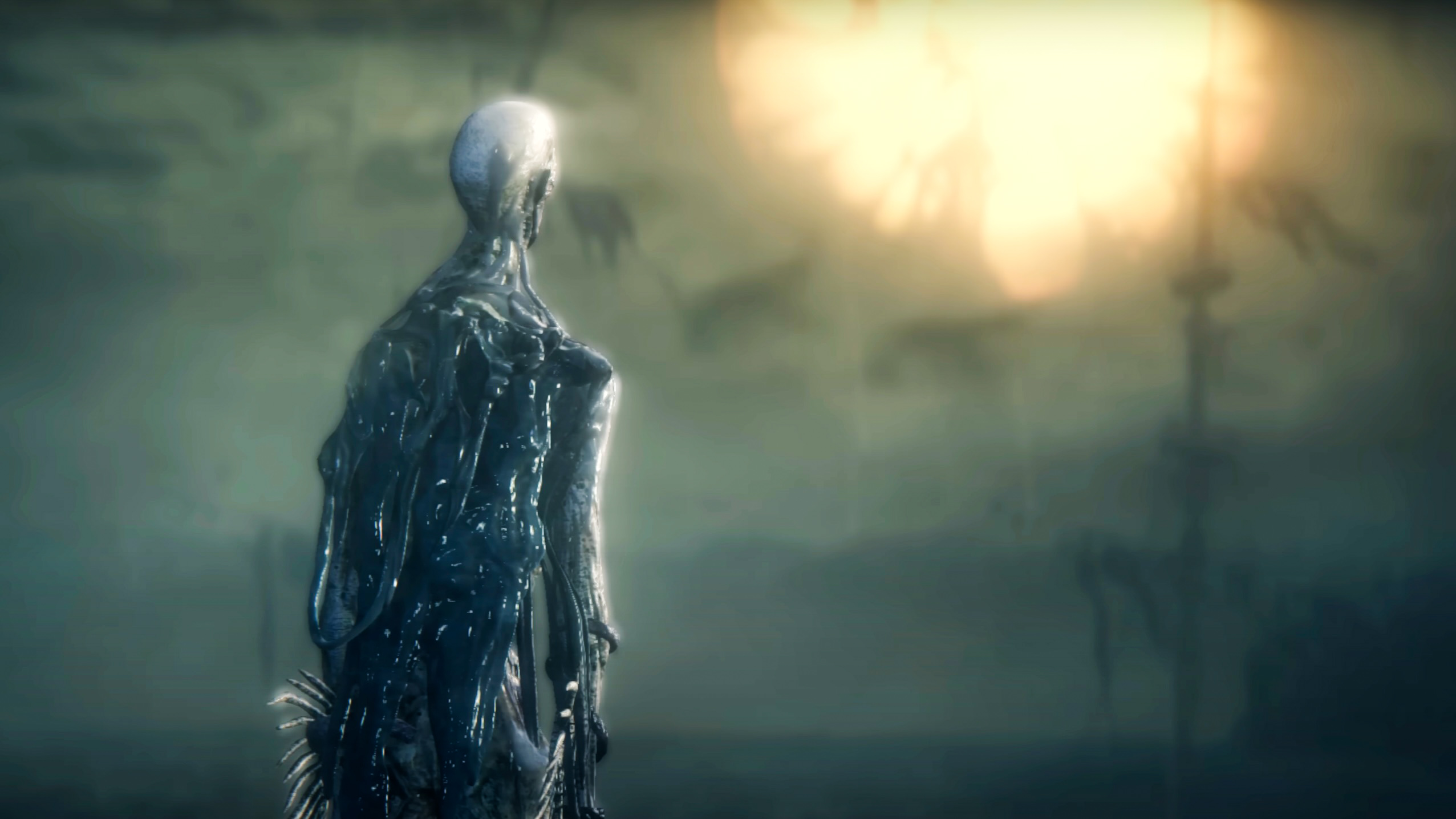
“No, we are certainly here now.
Here in New York.”
